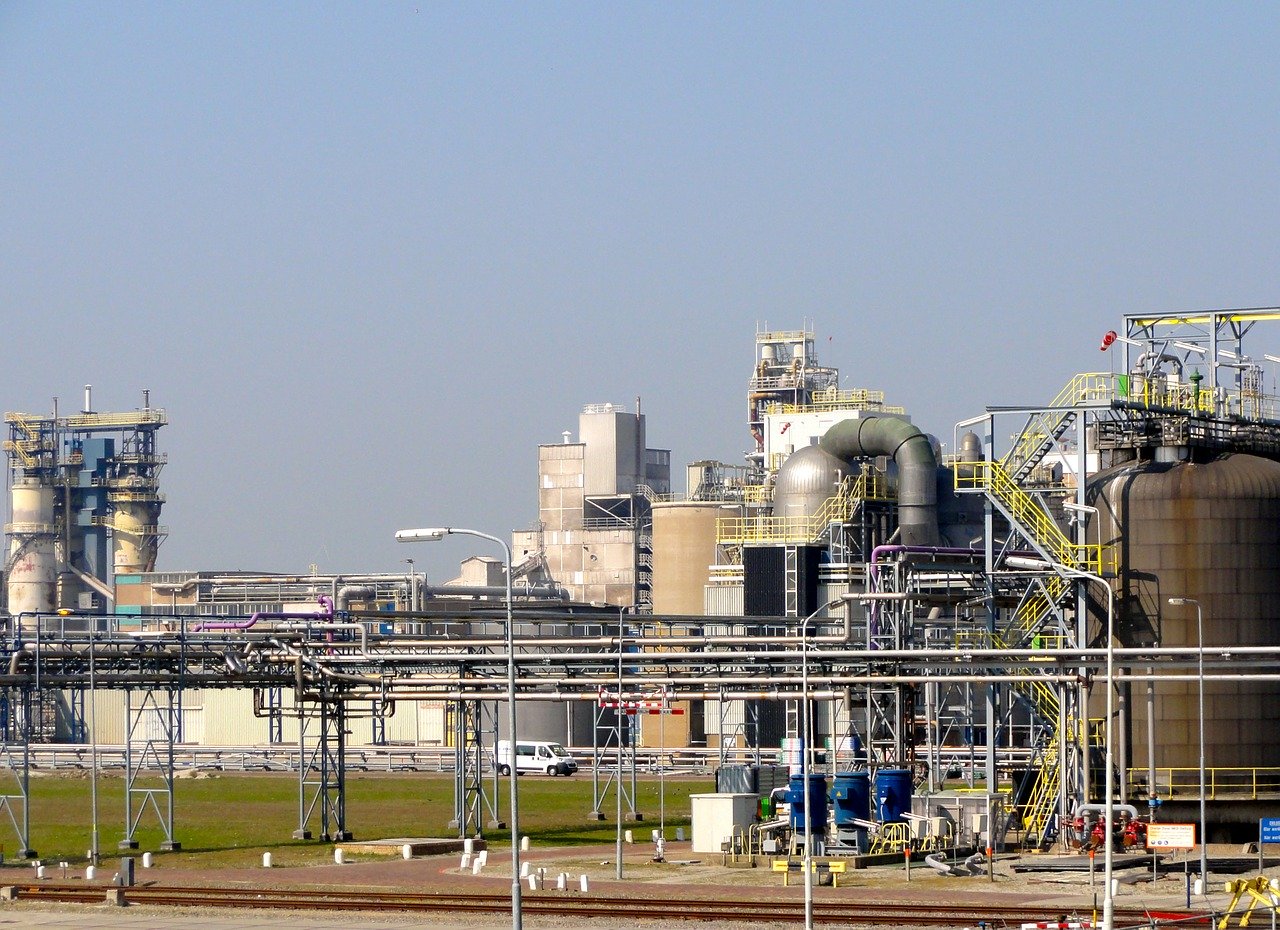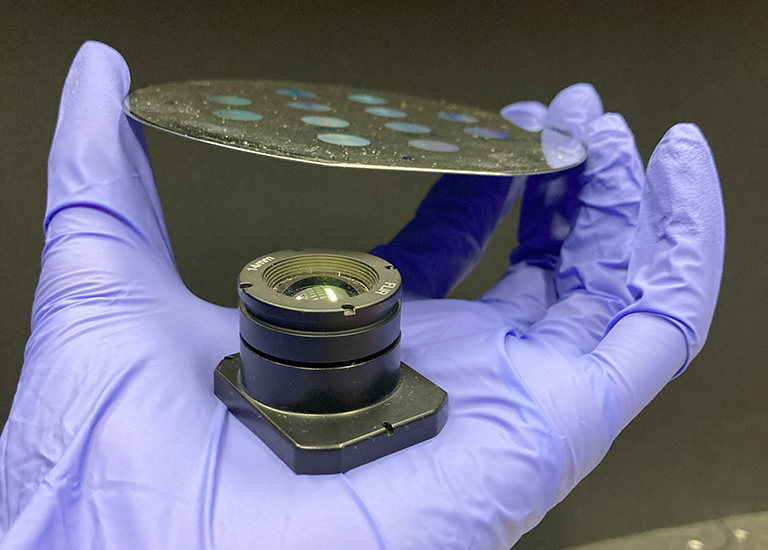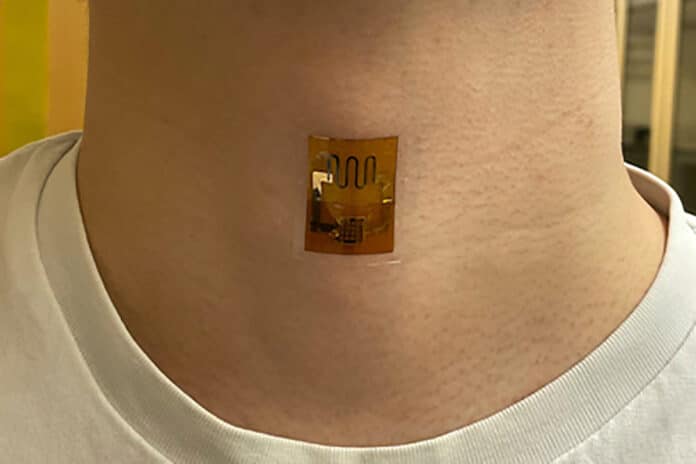The air-operated double-diaphragm (AODD) pump has been growing a lot in popularity in the past years, and one of the key reasons behind this is the suitability of this type of pumps for a wide range of chemical processes. The following four elements are what make AODD an ideal choice for chemical plants were demanding conditions apply.
1. The “Air” Element
Air is cheap, available everywhere, and can serve “plug-and-play” tools like the AODD. This means that pumps of this type can be easily repositioned in the factory without requiring extensive installation work.
2. The “Diaphragm” Workhorse
Diaphragms absolve technicians from having to use sealants, and this is bundled together with time and financial resources for maintenance sessions. Diaphragms just deform elastically, in an out, in tens of thousands of cycles, so AODDs are essentially “set it and forget it” items. That is as long as the right diaphragm material is selected of course.
3. Unmatched Versatility
From high-viscosity fluids to water-like liquids, and from highly corrosive chemicals to caustic substances, AODDs can handle anything as long as they are set up accordingly. For example, there are AODDs featuring chemically inert materials that contact the medium, so there are no reactions that take place.
This helps both in minimizing the damage to the pump and also in contaminating the medium, which could be a pharmaceutical product or food. Or if you’re working with PH ranges of 4 to 10, there are AODDs made out of ductile iron, being both inexpensive and able to withstand the acidity.
4. Robust and Reliable
In real operating conditions, AODDs can shine in a wide range of catastrophic scenarios and walk away intact. They can run dry without getting damaged and can handle over-pressure events without breaking.
In the worst case scenario, they just stop working until the cause is fixed. Thus, having to deal with an AODD-induced downtime that requires repairs is a rare occurrence.







